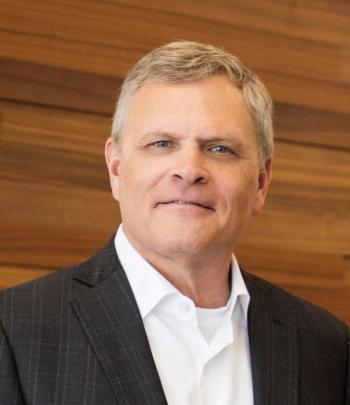
Viewpoint: Clinical practice can feel like pulling rabbits out of hats
In clinical practice, we may feel, metaphorically speaking, like we have to pull rabbits out of hats; but in my family practice, I've been known to perform real magic tricks-and my younger patients love it.
On a recent day at my practice, I had just pulled a small foam rabbit out of a hat and made it disappear again-seemingly into the derriere of an otter handpuppet. The kids in the room giggled with delight. This is just one of many "props" that I use to entertain patients in the office.
Belief in magic has been around since the dawn of the human race, across many different cultures. The first magicians of recorded history were those of ancient Egypt, with perhaps the most famous being Dedi (circa 2700 BC). Some of his magic tricks that were written about in the Westcar Papyrus about 4,000 years ago are still discussed today. In modern day, most people have heard of how illusionist David Copperfield seemingly made the Statue of Liberty "disappear."
A SIMPLE PREMISE
My goal in performing simple magic tricks is to simply take some of the fear away from visits to the doctor, for both children and their parents/guardians. Every primary care medical office is well-stocked with cotton balls, applicator sticks, tongue depressors, etc. Surely, there could be some interesting uses for these everyday items?
Scott Tokar and Harrison Carroll are magicians who felt the same way. Together they wrote the book (and DVD) Side-Fx: Clinically relevant magic tricks and effects for the health-care provider. I met Tokar at a conference where he was demonstrating "medical office magic" in the exhibition hall.
GOOD FOR EVERYONE
Office magic is a great way to defuse tension in a room, particularly if you've been running behind in your schedule (it doesn't take as long as you might think). There are ways to enter a room "magically." Magic can also be used to make certain examinations go faster; for example, imagine performing an ENT exam on a difficult child in about 45 seconds!
The best part about the tricks taught by Tokar and Carroll is that they can be learned in next to no time and require but only a few moments to perform. Yet, the results from these brief efforts will last much longer as you build good rapport with happy patients who will actually look forward to seeing you in the future. (Also note that there's a good chance that they'll tell their friends all about their "magic doctor.")
There is another important benefit of integrating magic into your practice-it can add more fun to your day as well. Let's be honest: We spend many long days doing the same things over and over again. Literally injecting some magic into your practice on a daily basis breaks up the grind and will keep you feeling more relaxed throughout the day. Patient smiles go a long way toward restoring our energy levels, too.
After all, as the old saying goes: "Laughter is the best medicine."
The author, a Medical Economics Editorial Board member, is a family and sports medicine physician in San Marcos, California. He has been performing magic for his patients for more than 20 years. Send your feedback to
.
Newsletter
Stay informed and empowered with Medical Economics enewsletter, delivering expert insights, financial strategies, practice management tips and technology trends — tailored for today’s physicians.
















